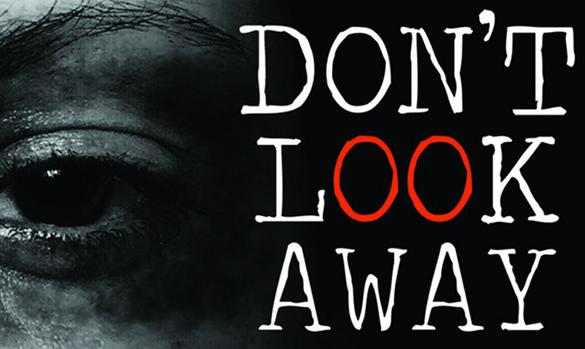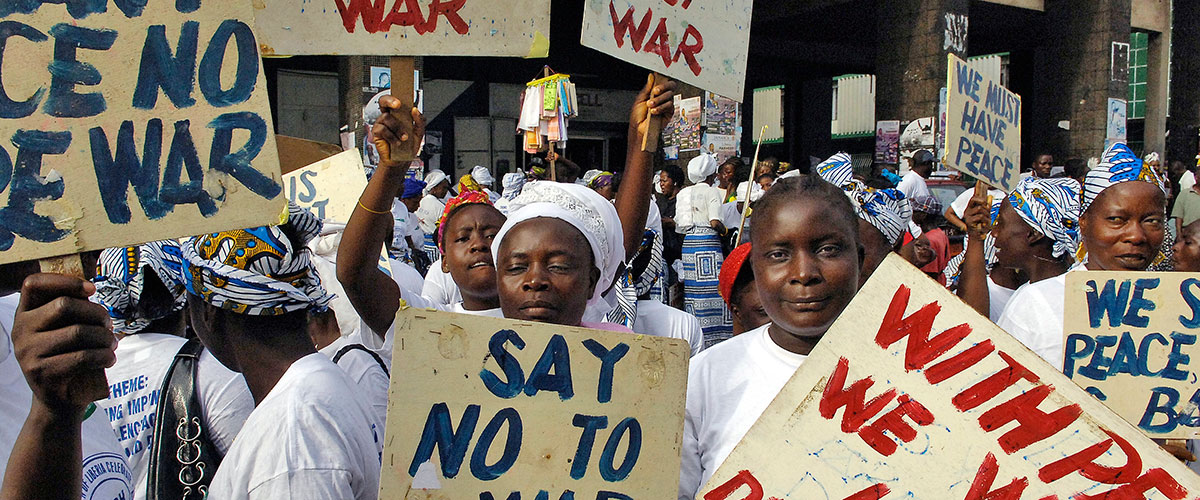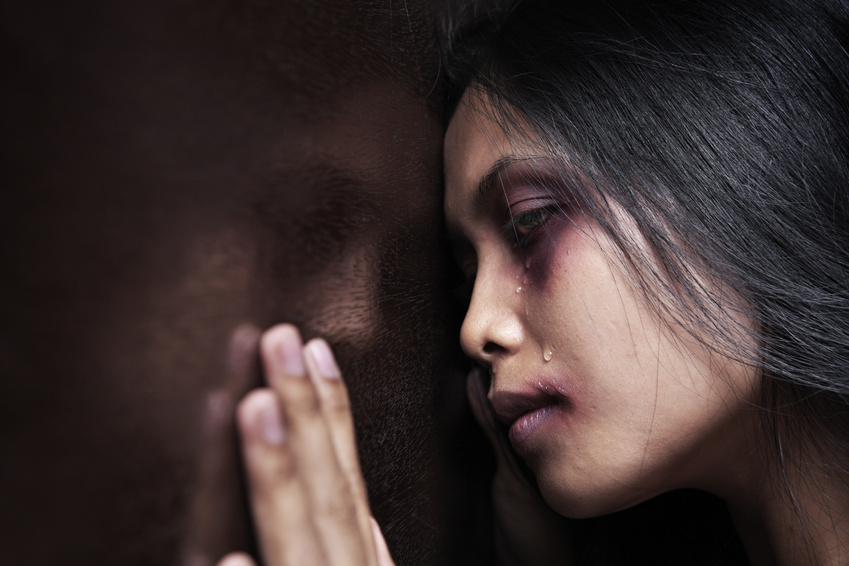Social, electronic and local media across the country has been awash with several accounts of sexual and gender-based violence (SGBV) disproportionately targeted against women and girls. This manifests in forms of wife battering, denial of resources, rape, defilement, trafficking and sexual harassment. Moreover, many such cases go unreported due to survivors’ fear of being ostracised by their families or communities. Prosecution of such cases is frustrated by insufficient facilities to dispose off the many SGBV-related cases.

Statistics from the office of the Director of Public Prosecution (DPP) indicate that out of 1,594 rape and 7,618 defilement cases reported in 2015 and 2016, only 57 per cent brought punishment to the perpetrators yet such deficiency in prosecution allows perpetrators to commit such crimes with impunity. Cases of female-targeted killings are also on the rise in the country, especially in the central region. This situation calls for action to stop and prevent and violence against women and girls.
Globally, one in every three women have experienced physical or sexual violence. The #MeToo campaign that went viral in 2017 as a hashtag used on social media and electronic media demonstrated the widespread prevalence of sexual exploitation and abuse (SEA). The campaign was developed as a response to revelations about Harvey Weinstein and other powerful men using their positions to sexually harass and abuse women in the film industry as well as other domains.
It gave a platform to women and girls across the world to speak out on the various encounters of sexual exploitation and abuse they have experienced in public and private spaces and say no to the silence. The campaign spread with such rigour, with survivors sharing their stories while also encouraging other survivors to speak out. The widespread attention to the campaign showed that SEA and SGBV does not segregate and knows no boundaries no matter one’s colour, tribe, political affiliation or religion. It is a silent killer in most societies that often times do not allow the survivor to speak out.
The #MeToo campaign also offered a self-reflecting moment for most women and girls that have either ignorantly or reluctantly kept silent about the various SEA and SGBV atrocities they have experienced. It is one of the most recognised in the history of the fight against SGBV and SEA and was significant because breaking the silence is the first step in finding a solution to a case of SGBV and SEA.
Uganda’s well-crafted laws against SGBV lack proper implementation with many of them laws remaining on paper. While the Constitution of Uganda guarantees equality between women and men, discrimination against women and girls still persists in many areas. These include direct or indirect reluctance in law enforcement, gender and sex stereotypes as well as cultural norms. Some of the perpetrators of violence against women are renown politicians or businessmen whose power in society jeopardises efforts to bring justice to the survivors. Often evidence against the perpetrators is destroyed through bribing the institutions of justice and letting the perpetrators to walk freely or on extreme cases, have survivors murdered.
Understanding gender equality is understanding that it doesn’t benefit solely women but society as a whole, including men and boys. Gender equality is one major step towards resolving the issues of violence against women since it provides an enabling context for violence. An empowered woman is able to produce ripple effects in the society by empowering others. Just like gender norms and roles are learnt, gender equality needs to be made a way of life if women, girls, men and boys are to live in peaceful society.

The issue of women’s rights and empowerment is paramount if women and girls are to be protected from SGBV and SEA. Not only women’s rights are human rights, rather, women’s betterment has an intrinsic value. Indeed, progress for women also translates into economic development since violence against women includes economic deprivation, too. Looking beyond the privileged middle-class citizenry, how many women and girls in grassroot communities have decent jobs besides those that can thrive on small income from agricultural products on a small scale?
To date, there are various misconceptions around women’s rights such as; the women’s rights agency is taking its toll on men, thus, making them fail to perform their socially accustomed roles as heads of families; men no-longer feel like men in their households because women are more empowered.
Paradoxically, women are still grappling with having their voices heard and included at all decision-making levels. Women still carry the burden of domestic chores with most of them having the jobs to take care of their children. With such a challenge, women cannot perform up to their full potential in working life outside the domestic labor they are tied with at home, and as a result, will not be promoted quite often as their male counterparts.
There is need to undertake reforms that give women equal rights to economic resources such as ownership and access to control of land, financial services and natural resources as well political and social leadership. Beyond legal and policy changes, violence against women and girls can only end when societies challenge and condemn the norms and practices that propagate the act.
It also necessitates an understanding that respecting tradition and culture can be done without damaging the social, economic and physical integrity of women and girls. Sustainable Development Goal 5 on gender equality provides a unique opportunity to meet the ambitious objective of ending all forms of violence against women and girls in all communities by 2030.

